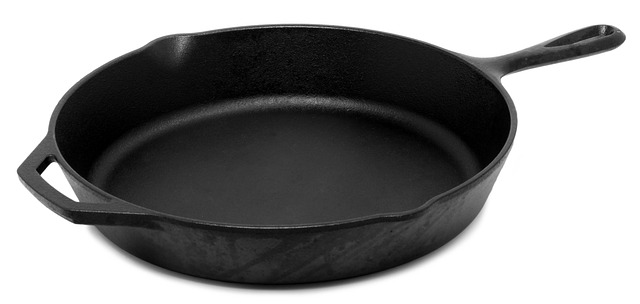Practical Guide to Cookware: Materials, Uses, and Care
Choosing the right cookware affects how food cooks, how long pans last, and how easy cleanup will be. Cookware varies by material, construction, and intended use: some pans prioritize heat conduction, others resist sticking or provide high heat tolerance. This article explains common materials, selection tips, everyday use guidance, and maintenance practices to help you make informed choices for your kitchen.

This article is for informational purposes only and should not be considered medical advice. Please consult a qualified healthcare professional for personalized guidance and treatment.
What materials are cookware made from?
Cookware is commonly made from stainless steel, cast iron, carbon steel, aluminum, copper, and nonstick-coated metals. Stainless steel is durable and relatively nonreactive, which makes it a versatile all-purpose option; many stainless pieces include an aluminum or copper core to improve heat distribution. Cast iron and carbon steel retain heat well and are valued for searing and high-heat cooking; they develop a seasoned surface that can add flavor and a natural nonstick layer when cared for properly. Aluminum is lightweight and conducts heat efficiently, but bare aluminum can react with acidic foods, so many cookware lines use anodized or coated aluminum to reduce reactivity. Copper offers exceptional responsiveness to temperature changes, but it is usually supplied with a stainless or tin lining to prevent reactions with food. Nonstick coatings (such as PTFE-based finishes) provide low-friction surfaces for delicate items but require care to avoid overheating or abrasion.
How to choose cookware for daily cooking?
Start by matching cookware to your most frequent cooking tasks. For everyday frying and sautéing, a well-made stainless steel skillet with a bonded aluminum core provides even heat and durability. If you often make stews, braises, or soups, a heavy-bottomed enameled Dutch oven offers even heating and a nonreactive surface. For high-heat searing or stovetop-to-oven transitions, cast iron or carbon steel pans are reliable. Consider weight, handle design, and lid fit for comfort and practicality. Compatibility with your stovetop is important: induction-compatible cookware requires a magnetic base (stainless steel or cast iron will typically work). If you prefer low-maintenance options, look for oven-safe, dishwasher-safe markings, but be aware that repeated dishwasher cycles can shorten the life of some finishes. Budget and long-term value are different considerations: well-built cookware may cost more initially but often performs better and lasts longer.
How to cook effectively with different cookware?
Adjust heat to the pan material. Thick, heavy cookware retains heat and may need lower sustained temperatures once hot; thin, lightweight pans heat quickly but may cause hotspots and require more attentive temperature control. Preheat cookware gently before adding oil or ingredients to create an even cooking surface, and avoid overcrowding pans to maintain proper searing. Use the right oil with an appropriate smoke point for your cooking temperature. For nonstick pans, cook on low to medium heat and avoid aerosol cooking sprays which can leave residues. When using cast iron, maintain a thin layer of seasoning by cooking with fats and occasionally re-seasoning with a light oil bake; this helps preserve the natural nonstick qualities and prevents rust.
How to clean and maintain cookware?
Cleaning routines depend on material. Stainless steel can usually tolerate stronger scrubbing and higher heat, which helps remove stuck-on food; a paste of baking soda and water can aid in removing stubborn spots. Nonstick pans should be washed with nonabrasive sponges and mild detergent; avoid metal utensils that can scratch the surface. Cast iron requires a different approach: avoid prolonged soaking and harsh detergents that strip seasoning; instead, scrub with a brush or coarse salt and dry thoroughly, then apply a light oil layer to preserve seasoning. For copper cookware, polishers restore shine but remember that functional copper pieces often require more care to maintain their appearance. Regular inspections of handles, rivets, and oven-safe markings help ensure safety over time.
Common safety and performance considerations
Be aware of temperature limits and manufacturer guidance for coatings and finishes. Nonstick coatings can degrade when overheated; follow recommended maximum temperatures and do not leave empty nonstick pans on high heat. If a pan’s surface shows deep scratches, flaking, or uneven wear, consider replacing it—especially for nonstick or coated items where degradation could affect food contact. For reactive metals like bare aluminum or unlined copper, avoid prolonged cooking with acidic ingredients unless the cookware is appropriately lined. Proper storage helps prevent scratches and dings: use pan protectors or hang heavy pans to avoid surface damage.
Conclusion
Understanding cookware materials, match-to-use considerations, and maintenance practices helps you select pieces that suit your cooking style and budget while promoting consistent results and longevity. Regular care, appropriate heat management, and attention to manufacturer instructions will make cookware more reliable and safer over time.






